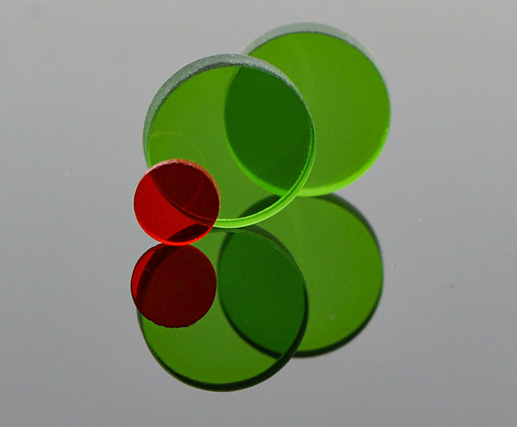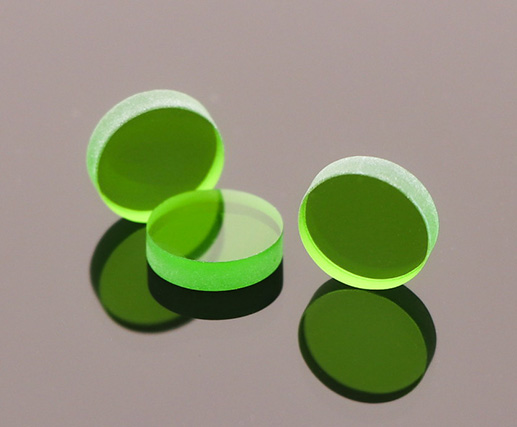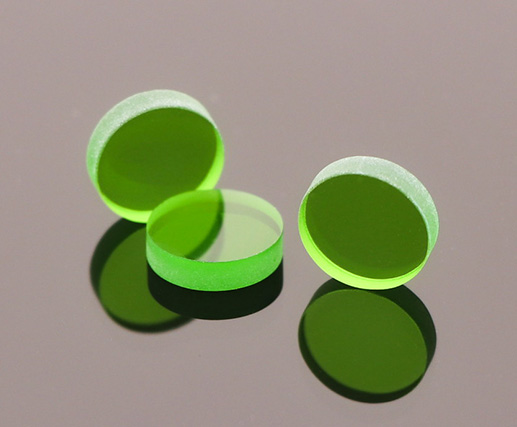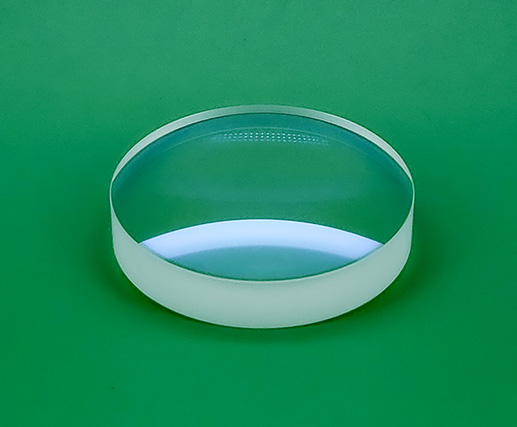Optical Filters Custom Kinds Of Substrate CLZ Optical
PRODUCT DESCRIPTION
Optical Filter, an optical element. It is a tool used to select the desired radiation band of light to transmit and filter out the unwanted light waves. It is a plastic or glass sheet made by adding special dyes, and its main characteristics are good transmission, good spectral characteristics, mainly selective transmission or blocking the transmission of light of specific wavelengths or bands. They are widely used in spectroscopy, fluorescence microscopy, clinical chemistry and mechanical vision industry.
Optical filters are also optical components on or independent substrates coated with one or more layers of dielectric film or metal film to change the characteristics of light wave transmission. The use of light waves in these films in the transmission of the characteristics of the phenomenon, such as transmission, absorption, scattering, reflection, polarization, phase changes, and so on, and then design and manufacture a variety of products to achieve the purpose of scientific and engineering applications.
Filters are made of plastic or glass sheets and then special dyes are added, the red sheet only allows red light to pass through, and so on. The transmittance of the glass sheet was originally about the same as air, all colors of light can pass through, so it is transparent, but after dyeing, the molecular structure changes, the refractive index also changes, the passage of certain colors of light will have a change.
The main feature of filters is that the size can be made very large. For example, thin-film sheets are subdivided into two types: thin-film absorption sheets and thin-film interference sheets. The former is based on a specific material, chemical etching so that the absorption line is located exactly at the wavelength required. Generally the wavelength of transmission is longer, mostly used as infrared filters.
Interference filters generally require perpendicular incidence, moving in the direction of the short wave as the angle of incidence increases. This feature can be used to tune the center wavelength within a certain range. Since, λ and peak transmittance all vary significantly with temperature and time, great care must be taken when using narrow band filters. The diameter of the interferometer is generally less than 50 millimeters due to the difficulty of obtaining a uniform film layer of large size.
Filters are commonly used in photography (where certain special effect filters as well as absorption filters are occasionally used), in many optical instruments, and in colored stage lighting. In astronomy, optical filters are used to limit the transmission of light in the spectral band of interest, and filters are also necessary in fluorescence applications such as fluorescence microscopy and fluorescence spectroscopy.

How to go about choosing the right filter?
1, need to determine the excitation and emission spectra of the fluorescein used. After obtaining the fluorescence spectrum information, you can target the selection of the required filters.
2, you can overlap the filter spectrum with the fluorescein spectrum to analyze whether the filter is appropriate.
3, when choosing filters, you also need to consider the spectrum of the laser light source, especially mercury lamps, metal halide lamps and white LEDs, to avoid choosing the area where the light source emits weakly.
Characteristics of high quality filters:
1. matching the excitation and emission peaks of the dye with small overlap;
2. Deep cutoff depth;
3. Small autofluorescence;
4. Good shape of the lens surface, which is conducive to the extraction of fluorescence imaging. If the flatness of the lens surface is not good, the wavefront torque or wedge angle will be generated, the wavefront torque will change the focusing or imaging position, generally the transmission wavefront torque (TWD) than the reflection wavefront torque (RWD) on the imaging of the impact of the more direct, but also more stringent requirements





















